#club100||Gala Ateung Business at My Village Gampong Kanot Aron
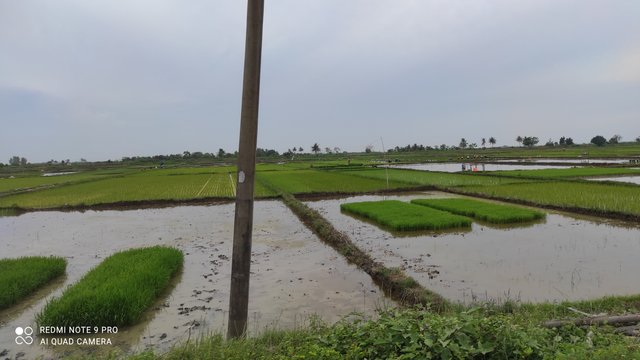

I live in the village of kanot Aron, there is one thing that makes me curious and research further, namely about the practice of gala ateung or pawning Pematang, how I will explain this practice in the following post, I asked directly to the parties involved in In the practice of gala ateung, both land owners who pawn (rahin) and pawn recipients (murtahin), the writer can describe the implementation of gala ateung in my village through the following process:
1. Negotiation and Agreement Between Pawnbroker and Pawnee
Based on observations and the results of interviews with informants, prior to the agreement, in terms of looking for parties who want to lend a certain amount of money by submitting collateral in the form of land and vice versa looking for paddy fields that the owner wants to pawn, both of these things happened intentionally done by the land owner or the party who have excess money and are looking for land to be mortgaged by the owner.
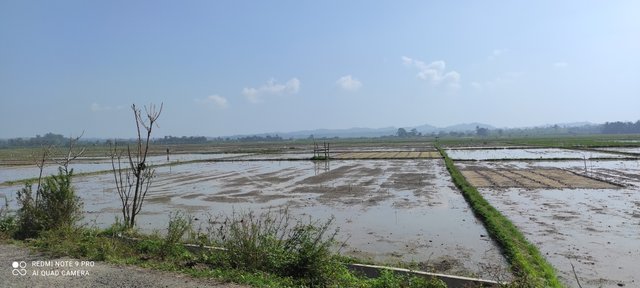
Usually the land owner who needs some money looks for himself by going directly to the house of the person in question (the person who is considered to have the money as much as needed), as did Mr. Faisal who pawned his land to get some money to his friend who lives in the village. This kind of search is the easiest way for landowners to borrow some money by handing over the land because the people they visit are people they already know and believe they have some money and are willing to lend it.
The same thing was conveyed by Mr. Ismail who is looking for a land owner who wants to pawn his land because he intends to add to the fields that will be cultivated in the next planting season. In addition, there is also a gala ateung process through which other people can help provide information about the whereabouts of the land to be pawned and people who are willing to lend a certain amount of money as collateral for the land.
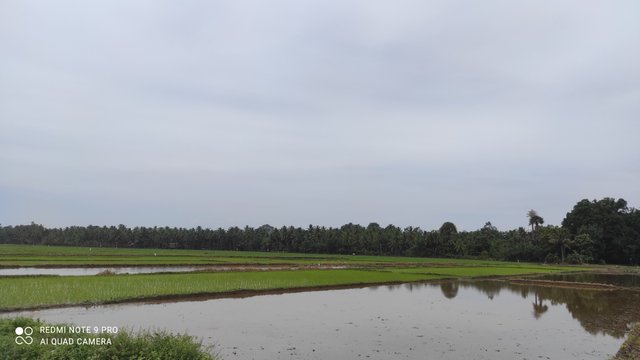
Before the gala ateung transaction agreement occurs, the land owner first informs the amount of money to be borrowed and offers the rice fields as collateral to the recipient of the pawn (the lender). Furthermore, both parties make an estimate of the size and see the condition of the rice fields which will be used as collateral in the practice of gala ateung to determine the amount of money that will be given by the recipient of the pawn to the pawner. An area estimate is carried out for land for which there is no letter or deed of sale and purchase. Then the recipient of the mortgage estimates the area of the land (paddy fields) with the amount of money that usually applies to the size of the land.
Before an agreement occurs, there is a negotiation in the form of bargaining between the pawnbroker and the pawnee, this is related to determining the amount of the loan that will be received by the pawnbroker from the pawnee, but in general an agreement occurs regarding the amount of the loan money given to the pawnbroker. The range of loans that generally apply in the Aron District area with a maximum loan is one third of the price of the land used as collateral.
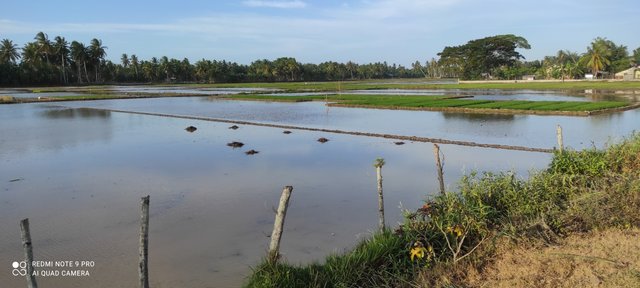
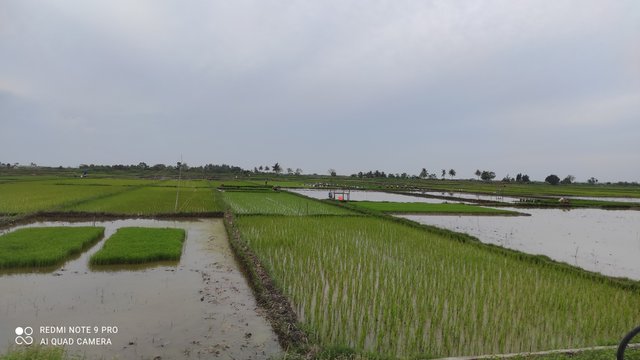
Based on my interview with Imum Gampong, what generally applies in Aron District in the practice of gala (pawning) rice fields per mah of rice field area is around Rp. 10,000,000, - (ten million) up to Rp. 15,000,000, - (fifteen million) or the equivalent of 3000 steem to 5000 steem, where the size of mah in Aron District is 1,600 M, while the loan amount from pawning less productive land which is often called gala ateung per mah is around Rp. 3,000,000, - (three million) to Rp. 5.000.000,- (Five million rupiah). or 1000 steem to 1700 steem.
The loan amount determined through the estimate does not always apply, because other factors are also very decisive, namely in the form of negotiation, the loan is sometimes larger and sometimes smaller than the estimated value agreed between the pawner and the pawnee with various factors such as helping relatives.
In determining the amount of the gala ateung money between the pawner (rahin) and the recipient of the pawn (murtahin) bargaining often occurs, but based on the author's interview with Mr. Cut Din, it can be understood that the amount of the pawn money depends on the amount of money the rice field owner wants to borrow and the ability of the owner to borrow money. lend from the recipient of the pawn as well as related to the condition of the land itself such as its location, which is usually closer and easier to reach, of course the larger the amount of the pledged money.
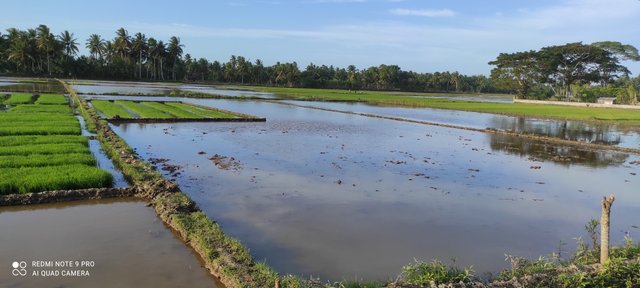
Regarding the duration of the gala ateung implementation between the pawner and the pawnee, based on the results of my interview with Geuchik Gampong, the time period for the gala ateung implementation is different from the usual gala implementation model. In normal gala practice there is no minimum time limit, when the borrower has been able to pay off his debt, at that time he can immediately pay off the debt and the rice fields that were handed over as collateral worked on by the lender are returned to the owner.
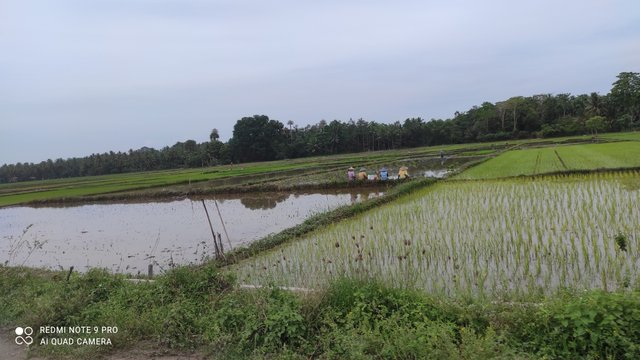
Whereas in the practice of gala ateung, it is required that the period of implementation of the pledge is at least three times the harvest period, on the grounds that the land that is used as collateral in the practice of gala ateung yields lower yields than land that is pawned with the usual gala model. If, after three harvests, the borrower has not been able to pay off the debt, the lender will continue to cultivate the land until the debt is repaid. After the debt is repaid and the harvest period has been more than three times, then the rice fields are returned to their owners.
2. Contract and Handover of Money and Land
Akad is an expression of words between the land owner as the pawnbroker (rahin) and the pawnee (murtahin) which aims to prove the agreement between the two parties that the practice of gala ateung actually occurred. Based on interviews that the author conducted with the land owner as the pawnbroker (rahin) with the pawnee (murtahin), most of their gala ateung practices were accompanied by a contract (ijab and qabul).
The pawnbroker (rahin) and the pawnee (murtahin) perform the ijab qabul which is usually in the Acehnese language. For example, the pawnbroker pronounces the word ijab: lon peugala keudroeneuh si amah tanoh 3 go keumukoh 5 million, and is usually followed by the qabul's answer: lon teurimong. After the approval, the recording is usually continued, which is usually only done on a receipt without a clear certificate. After the receipt or agreement letter for the gala ateung is signed, then the recipient of the pawn submits an amount of money according to the agreement and the fields that are used as collateral are handed over to him to be managed and utilized.
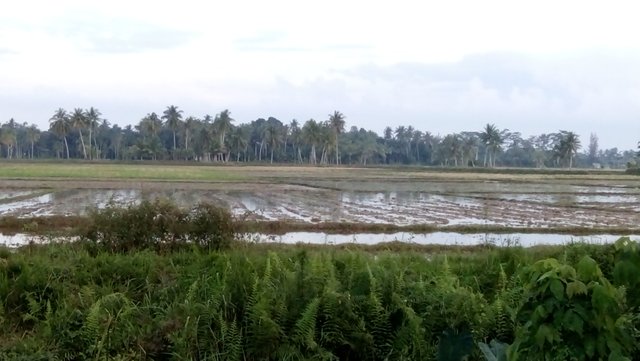
The contract and delivery of money usually takes place at the house of the debtor (the recipient of the pawn/murtahin) and usually the contract is only a verbal agreement between the land owner as the pawnbroker (rahin) and the pawnee (murtahin) without witnesses from the owner of the field as the pawner ( rahin) as well as from the pawnee (murtahin) because the pawnbroker (rahin) and the pawnee (murtahin) already know and trust each other. Usually both parties only make receipts indicating that they have received some money as debt with a rice field guarantee as proof of the transaction between the two, sometimes there is even no written evidence at all.
During the pawning period, which is at least three harvest times and as long as the debt borrowed by the rice field owner has not been repaid, as is the common practice of pawning in the Gampong Kanot community, the right to manage, cultivate and utilize the land is in the power of the recipient of the pawn (murtahin), with reasons and considerations for helping to lend some money.
Thanks For Reading My Blog

Special Thanks:
Admin : @heriadi, @el-nailul, @irawandedy dan @miftahuddin
Moderator: @sofian88, @liasteem, @mariana4ve dan @klen.civil

Best Regard,
@abialfatih


Thanks for your attention and support SC05 and @irawandedy
Oh wow! What an interesting post!
As a business woman I’ve learned a lot from the information that you have shared.
Thank you!
Thank you very much for your attention and support...
Pleasure!